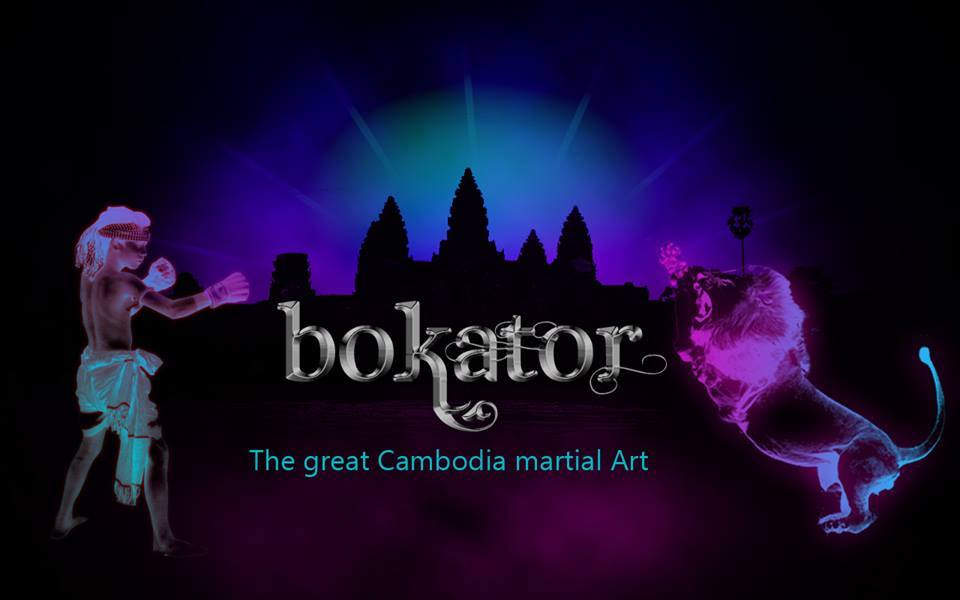The Latchford Collection #12:
In the 2011 glossy catalogue authored by Douglas Latchford and his close associate Emma Bunker - Khmer Bronzes: New Interpretations of the Past - they highlight in some detail this exceptional bronze figure of Lokeshvara, dating from the 9th century. They assigned its ownership to the Skanda Trust collection, of which no less than 80 bronzes in the book were accredited to. The ultra-secretive Skanda Trust in fact turned out to be Latchford’s own offshore trust in Jersey, and was subsequently exposed by the Pandora Papers, which were obtained by the International Consortium of Investigative Journalists and shared with The Washington Post and other media outlets around the globe in late 2021. The Skanda Trust held Latchford’s antiquities collection and his assets, which were later transferred to a second offshore trust, the Siva Trust. All with the intention of hiding his ill-gotten gains from prying eyes, before his death in 2020. His daughter, Julia Copleston, has promised to return his private collection of stone, bronze and jewelry artifacts to Cambodia, some of which have already been sent back.
Latchford, also known by his Thai name Pakpong Kriangsak, began his fascination for Khmer art in 1955 with his first purchase, he told Apollo magazine in an interview. That set him on a path over the next six decades as the Bangkok-based mastermind behind the pillage of Cambodia’s sacred temples and subsequent distribution of thousands of Khmer artworks in stone or bronze, around the world to private collectors, museums and auction houses. The bronze Lokeshvara, the worship of which reached its peak of popularity in the late 12th century under Jayavarman 7th, was found in northwest Cambodia according to Latchford, though his provenance guidance is often fabricated. Its whereabouts today is unknown. In a photograph of the figure, taken at Latchford’s London abode in 2014, he festooned the bronze with a gorgeous heavy gold necklace and four gold bracelets, for each arm of the deity. A very detailed analysis of the statue in the Khmer Bronzes book follows:
The most significant early Khmer Buddhist bronze recorded is the splendid mid-ninth-century four-armed Skanda Trust Lokeshvara image, with a date supported by C-14 results. Lokeshvara, identified by a heavily corroded Amitabha Buddha in the coiffure and a third eye marking the forehead, is represented with four hands each performing a katakahasta mudra with the palms facing inward, a continuation of the iconographic scheme that governed an earlier ninth-century Lokeshvara image. The palms are each marked by an incised open lotus design. The coiffure is formed by two prominent tiers of braided hair loops derived from the pre-Angkor-period Khao Pali Bat II style. Eyes enhanced with silver and obsidian under a continuous eyebrow ridge, a moustache with curved tips, full lower lip, and an inlaid third eye distinguish the deity’s face. The squarish head and distinctive facial features are stylistic indications of a production date earlier that those of the sandstone guardian figures that adorn Prasat Preah Ko dedicated in 879. The image is clothed in a sampot chang kben with a separate scarf forming a small pleated fan above the belt and a small pendant panel below the belt, a drapery arrangement that is more elaborate than the dress of an earlier ninth century Lokeshvara.
A tiny loop behind each ear suggest some kind of personal adornment was once attached. Both ears are pierced, so were probably enhanced by real gold earrings. A tapering pendant tang under each foot and the remains of a runner on the inner side of each ankle indicate that the image was lost-wax cast in the same manner as the Khao Pali Bat II bodhisattvas, suggesting production somewhere in northern Cambodia. X-ray radiographs show the presence of a complex arrangements of iron armatures throughout the figure, indicating that the casting was carried out by the direct lost-wax method (as opposed to indirect, which would have involved assembling the wax sculpture from pieces cast in a mould). The head, torso, arms, and legs are hollow, with an iron armature extending from the top of the head into the torso, and one in each of the arms. The armatures are tied together to the vertical armature in the upper-middle chest cavity. Tiny rectangular marks on the front of the body may represent the remains of casting chaplets (core pins) used to stabilize the distance between the core and the investment during the casting process. [Extract from Khmer Bronzes].















